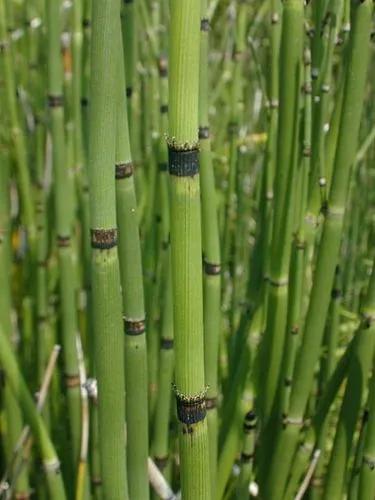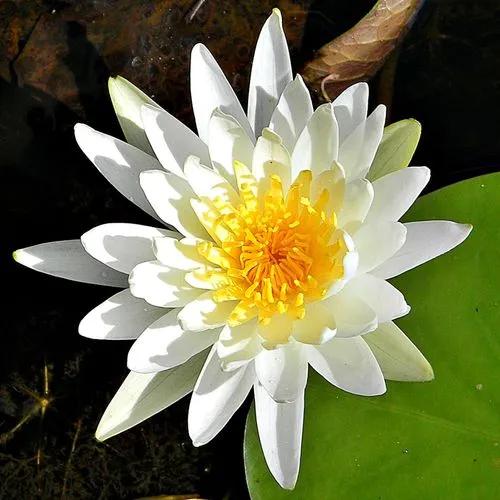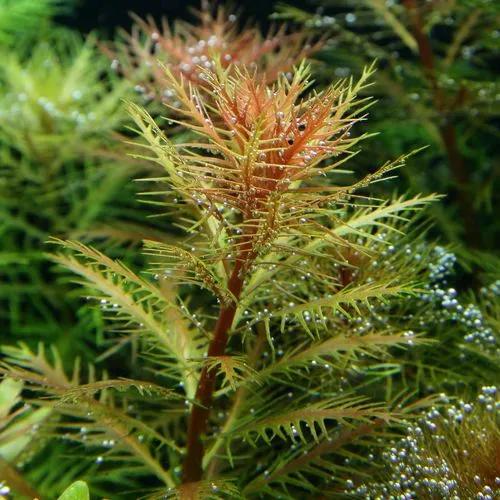Neptunia oleracea, commonly known in English as water mimosa or sensitive neptunia, is pantropical nitrogen-fixing perennial legume. Genus and common name come from Neptune, god of the sea, in reference to the aquatic habit of some species in the genus.Aerenchyma (white spongy air-conducting tissue that gives stems buoyancy) forms on stems floating in water, but does not form on stems growing on land. Plants typically grow to as much as 6" tall, but stems will spread in the water to 3-5' long. Stems are clad with bi-pinnate, fine, mimosa-like sensitive leaves that close up when touched. Primary leaf segments have 8-40 small oblong leaflets arranged in opposite pairs. Tiny greenish-yellow flowers are densely crowded into feathery orbicular inflorescences that bloom in summer. Fruits are flat pods (to 1-2" long). Floating aquatic plant stems often form thick foliage mats and is considered to be an invasive aquatic weed in some tropical waters where large mats may form that choke waterways, resulting in restricted water flow, reduced water quality, reduced fish activity and loss of some underwater and native wetland plants.
Water Mimosa Care
Neptunia Oleracea



How to Care for the Plant

Water

Two cultivation methods are practised in Thailand: in inundated fields normally used for rice, and in canals. In the case of rice fields the land is levelled and ploughed in the same way as for transplanted rice. The plot is filled with water to a depth of 20-30 cm, and 3-5 stem cuttings, 50-150 cm long are directly planted at a spacing of 1 m × 2 m. One week after planting, the water level is raised and kept at 50 cm. When growing in canals where the depth exceeds 50 cm, stakes are needed to hold the floating cuttings in place.

Fertilizer

When grown in rice fields, application of 150-300 kg/ha of a mixed N and P fertilizer is recommended. This amount is given in split doses, the first at planting, subsequent ones after each harvest during the rainy season. The water level should be lowered to 20-30 cm depth before each fertilizer application, and raised up to 50 cm depth two days later. No fertilizer is applied when water mimosa is grown in canals.

Sunlight

a position in full sun

Temperature

It grows best in areas where annual daytime temperatures are within the range 25 - 35°c, but can tolerate 15 - 38°c

Popularity

26 people already have this plant 13 people have added this plant to their wishlists
Discover more plants with the list below
Popular articles






